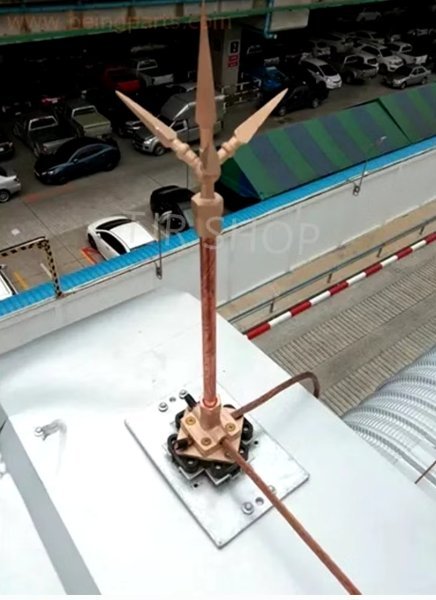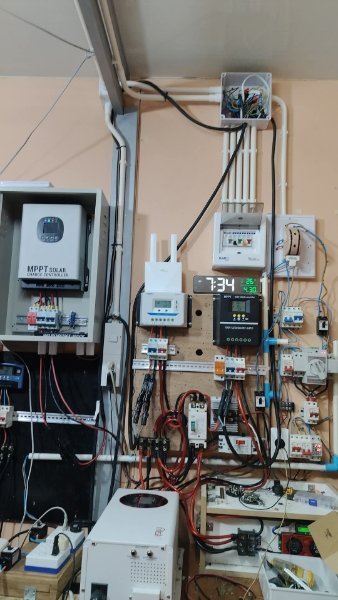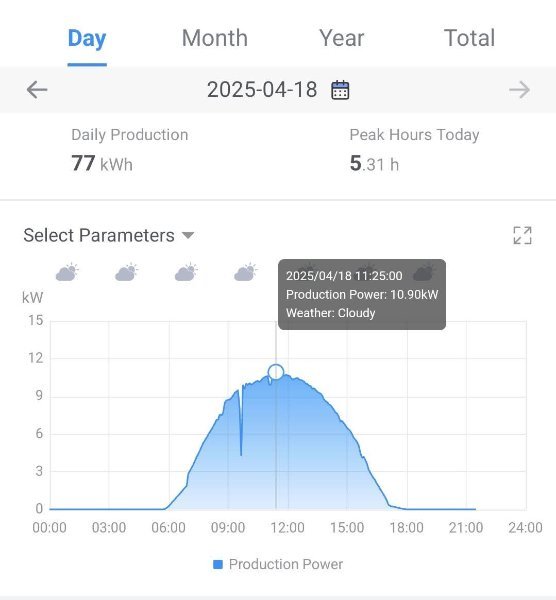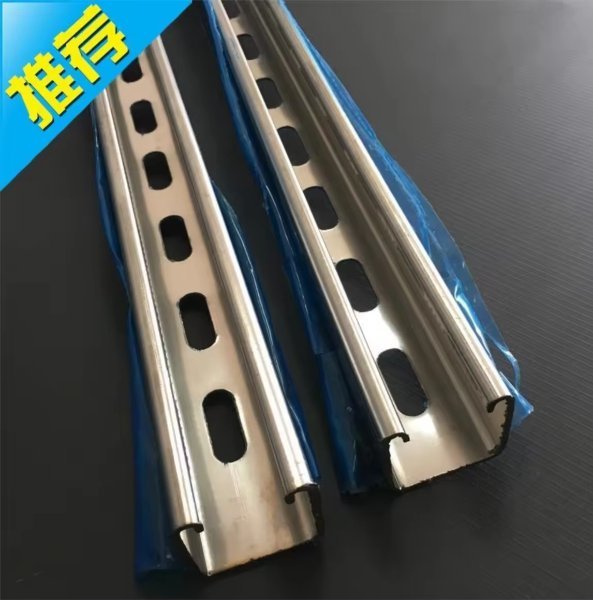-
Posts
8,680 -
Joined
-
Last visited
-
Days Won
1
Content Type
Events
Forums
Downloads
Quizzes
Gallery
Blogs
Everything posted by ExpatOilWorker
-

Wrist Surgery Specialist
ExpatOilWorker replied to notasmartassknowitallfarag's topic in Health and Medicine
Mission Hospital have two VERY good orthopedics. I have used both with excellent results. Today one of them fixed up my broken wrist. -

Is it worth it at 78 ? - Implant replacement teeth
ExpatOilWorker replied to still kicking's topic in Health and Medicine
-

Is it worth it at 78 ? - Implant replacement teeth
ExpatOilWorker replied to still kicking's topic in Health and Medicine
You can have it for free, once I am done using it 😉. -

Is it worth it at 78 ? - Implant replacement teeth
ExpatOilWorker replied to still kicking's topic in Health and Medicine
-

How about a solar car port on a budget?
ExpatOilWorker replied to Crossy's topic in Alternative/Renewable Energy Forum
Actually, that is a very good idea. I could even install the 10th panel and just leave it redundant, just in case one of the other 9 panels underperform or crack. -

How about a solar car port on a budget?
ExpatOilWorker replied to Crossy's topic in Alternative/Renewable Energy Forum
Very interesting. One of the installers I approached, offered 10 panels per string, which would give: Voc= 538 V (STC) 511 V (NOCT) Vmp= 445 V (STC) 423 V (NOCT) Same inverter limitations as yours, 500 V and 150-425 V. His reasoning was that NOCT numbers are real world max and Voc will in practice never exceed 500 V. Bit risky, so better play it safe and go for 9 panels per string. I am in the south, so low temperatures is not an issue. -

How about a solar car port on a budget?
ExpatOilWorker replied to Crossy's topic in Alternative/Renewable Energy Forum
What is the highest Voc voltage on any of your strings? Do you keep the Vmp right under the 425 max? -

How about a solar car port on a budget?
ExpatOilWorker replied to Crossy's topic in Alternative/Renewable Energy Forum
Since even a nearby strike can cause a glitch, would it even help installing a lighting rod on the roof with some heavy 50 mm2 wire direct to ground? Would it make things worse by attracting more lighting striks? -

How about a solar car port on a budget?
ExpatOilWorker replied to Crossy's topic in Alternative/Renewable Energy Forum
Lightning 🌩 strike directly to any of your equipment or nearby and the EMP cause the havoc? Did the fault happen Sunday and you just noticed it Monday? Having this kind of "Spanish" moment is what I fear the most of being an independent power generator. At least with the grid, you know it is someone else's headache to fix it. -

How about a solar car port on a budget?
ExpatOilWorker replied to Crossy's topic in Alternative/Renewable Energy Forum
-
I usually just eat until I am sleepy, then sleep until I am hungry.
-

Why Zelensky Won’t Bargain Away Crimea — No Matter the Pressure
ExpatOilWorker replied to Social Media's topic in World News
Tibet? -
Le contraire. The tarrifs are the result of Thailand having a trade surplus with the US of A. If you stop buying American products, then the baby 👶 in the White House might get upset 😢 😭 😿, next time he check trade data. You can get some amazing Amarican apples 🍎 here. Time for an apple a day to keep Dr. Trump away. What else from American can we get here. Peanut 🥜 butter?
-

How about a solar car port on a budget?
ExpatOilWorker replied to Crossy's topic in Alternative/Renewable Energy Forum
That is a very neat and nice made frame. Did you use 3x2" rectangular tube for the legs and 2x1" x 3.2 mm for the cross beams? Galvanized or painted carbon steel? What is ur slope? Same as your latitude? I will drop you a picture when my frame is coming together. -

How about a solar car port on a budget?
ExpatOilWorker replied to Crossy's topic in Alternative/Renewable Energy Forum
I need about 42 m in total, 6 x 7 m, to attach 18 panels in a 3 x 6 configuration. I am making a ground based frame and the slotted struts are easier to attach to the perpendicular support beams, than the usual solar rails. Isn't the second link (thai.con...) just Chinese based vendors? I have no luck using the chat function. I will contact BAP after the holiday, but looks like they have a limited selection. Can you recommend a big electric shop in Bangkok? Map link if u have it, then I will go and talk to them. -

How about a solar car port on a budget?
ExpatOilWorker replied to Crossy's topic in Alternative/Renewable Energy Forum
@Crossy, Unistrut, slotted struts, guide rail, C-channel, isn't that something that is commonly used in electrical installation? Apart from some short sections on Lazada, I can't find a vendor in Thailand. Do you know where to find it or just the right name in Thai? Ideally I want it with a similar 17 mm opening to the common solar rails. -
Any chance these Chinese scientists can share their stunning discovery with their hinge manufacturers??? My 2 years old cabinet hinge from China 🇨🇳 has seen better days.
- 76 replies
-
- 10
-

-

-

-

-

China hits back with 84% tarrifs on us
ExpatOilWorker replied to 3NUMBAS's topic in Political Soapbox
It was all about bonds. Inside Trump’s tariff retreat: How fears of a bond market catastrophe convinced Trump to hit the pause button https://www.cnn.com/2025/04/09/politics/trump-tariffs-retreat-bond-market -

China hits back with 84% tarrifs on us
ExpatOilWorker replied to 3NUMBAS's topic in Political Soapbox
-

China hits back with 84% tarrifs on us
ExpatOilWorker replied to 3NUMBAS's topic in Political Soapbox
Yield on 10 years treasure are going in opposite direction in the US and China. Yield is going up to 5% in the US while falling to 1.6% in China. As some point, something will break.


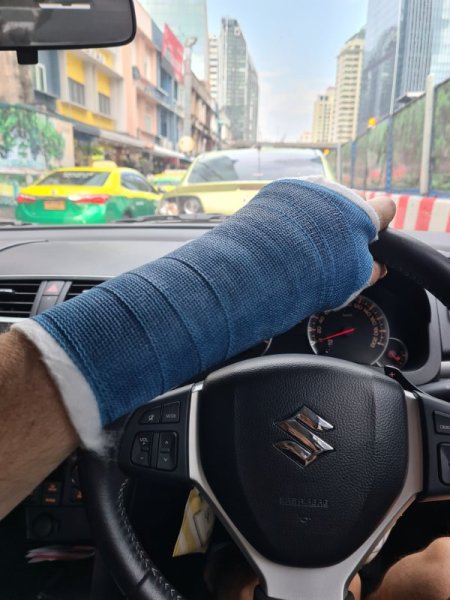

.jpeg.40033e0273176159ce88f772cb7304c2.jpeg)


